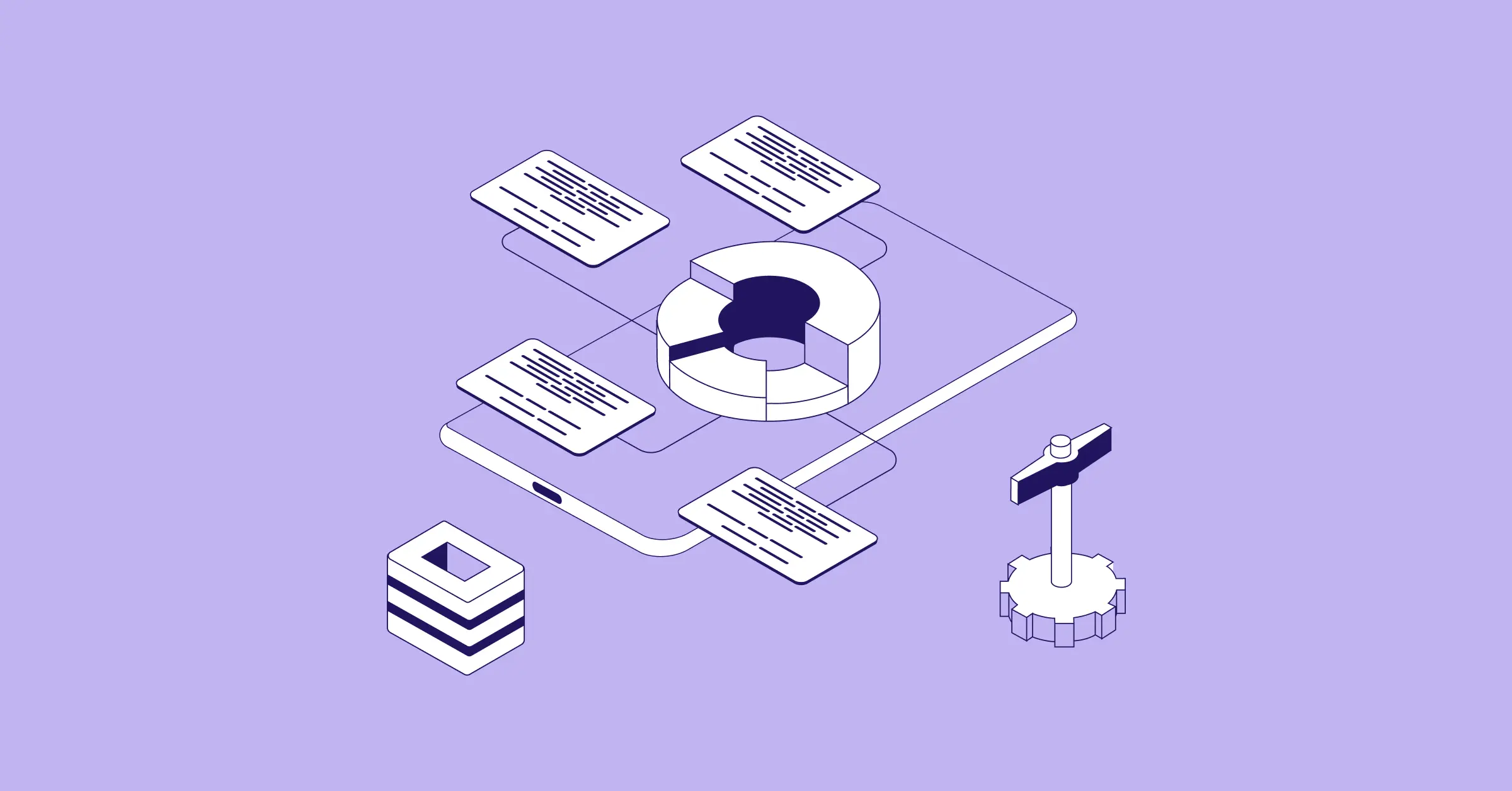August 08, 2023
Efficient Budget Planning: Steps to Develop and Execute a Successful Budget
Chris Wallace
Solutions Consultant

Sign up for our newsletter
Stay informed with the latest trends and best practices in finance and procurement.

A well-planned budget has the potential to be a guiding light for an organization; fair but challenging, with company-wide buy-in and input from as many teams as possible.
Budget planning serves as the compass that guides a company’s strategic decisions, ensuring that financial resources are allocated wisely to support critical objectives while navigating uncertainties and risks.
We’ll look at specific, proven steps for efficiently developing and executing a successful budget.
Tips for accurate forecasting
The first area we’ll look at is forecasting. Accurate forecasting is crucial during the budget planning process. It helps organizations make informed decisions, set realistic goals, and adapt proactively to changing circumstances. Here are some essential tips for achieving accurate forecasting:
- Utilize Historical Data: Analyze past financial performance and spending patterns to identify trends and potential seasonality.
- Embrace Data Analytics: Leverage advanced data analytics tools to process large datasets quickly and extract meaningful patterns.
- Encourage Cross-Functional Collaboration: Engage stakeholders from different departments to gain a comprehensive understanding of their needs and expectations.
- Consider External Factors: Account for external influences such as economic conditions, industry trends, and regulatory changes.
- Implement Rolling Forecasts: Rather than relying solely on static annual forecasts, adopt a rolling forecasting approach. Regularly update forecasts throughout the year to incorporate real-time data and adjust to changing market conditions.
- Scenario Planning: Develop multiple scenarios based on different assumptions and potential outcomes.
- Review and Learn from Past Forecasts: Conduct periodic reviews of past forecasts to assess their accuracy. Analyze any discrepancies and learn from them to refine your forecasting methodologies continually.
- Stay Agile: Be adaptable and responsive to changes in the business environment. As unforeseen events occur, be prepared to revise forecasts.
How to achieve goal alignment
Goal alignment ensures that an organization's financial objectives are closely linked with its overall strategic goals. Here are three strategies to foster goal alignment:
Collaborative Communication
Open and frequent communication between sales, finance, procurement, and other key stakeholders is fundamental for goal alignment. By involving all relevant parties from the outset, teams can gain a comprehensive understanding of the organization's strategic priorities. Regular meetings, workshops, and cross-functional discussions facilitate the exchange of ideas, allowing finance and procurement to align their budgetary plans with the company's broader vision.
Shared Performance Metrics
Establishing shared performance metrics across departments encourages goal alignment throughout the organization – and are key to overall KPI effectiveness. When teams share common key performance indicators (KPIs) with other business units, they can collectively work towards common objectives. Aligning these metrics with the organization's overall goals ensures that financial decisions and procurement strategies contribute directly to the company's success.
Continuous Monitoring and Adaptation
As mentioned previously, regularly monitor the progress of budgetary plans and adjust strategies as needed to maintain goal alignment. Tracking financial performance against budget forecasts and strategic targets helps identify deviations and potential areas for improvement. Continuous monitoring allows finance and procurement teams to remain agile, making informed adjustments in response to changes in market conditions, business priorities, or external factors, ensuring that budget planning stays aligned with the organization's evolving goals.
Proactive budget monitoring
Carrying out proactive budget monitoring is crucial for finance and procurement teams to ensure that financial goals are on track – and to identify potential issues early on. How can teams achieve this?
- Establish clear budgetary targets: set specific, measurable, and realistic budgetary targets aligned with the organization's strategic objectives.
- Regularly track actual performance: implement a system for continuous monitoring of actual financial performance against the budget. Leading finance and procurement platforms can do the hard work for you.
- Conduct variance analysis: analyze the variances between actual performance and the budgeted amounts. Identify the underlying reasons for deviations, such as unexpected expenses, changes in market conditions, or revenue shortfalls.
- Take timely corrective actions: based on the variance analysis, initiate timely corrective actions to address any budgetary discrepancies or challenges. These actions might include adjusting spending priorities, renegotiating contracts with suppliers, optimizing procurement processes, or reallocating resources to align with changing business needs.
Proactive decision-making ensures that any budgetary issues are resolved before they escalate and affect the organization's overall financial health.
Challenges in budget planning
Budget planning can present several challenges. These include:
Lack of Data and Visibility: Budget planning requires access to reliable historical data and real-time insights. However, some organizations might struggle with data quality, integration, or availability, hindering the teams' ability to make informed decisions and forecasts.
Shifting Business Priorities: As market demands and business objectives evolve, finance and procurement teams must adjust budget plans accordingly.
Complex Organizational Structure: Large enterprises with multiple departments or global operations may find it difficult to consolidate and coordinate budget planning efforts. Siloed information and decentralized decision-making can lead to inefficiencies and budgetary misalignment.
Cost Management: Identifying cost-saving opportunities while maintaining operational excellence is a constant challenge. Finance and procurement teams must find ways to optimize expenditures without compromising quality or efficiency.
Supplier Risks: The procurement process relies on numerous suppliers and vendors. Evaluating and mitigating risks associated with supplier reliability, pricing fluctuations, and geopolitical factors are critical for maintaining budgetary control.
External Regulations and Compliance: Adhering to regulatory requirements and compliance standards is essential for finance and procurement teams.
Inadequate Technology and Tools: Outdated budgeting tools or lack of advanced technology can significantly hinder the accuracy and efficiency of the budget planning process.
This last point encapsulates all the other challenges, in that having the right technology and tools at your disposal can make all the difference.
From providing visibility into data, to ascertaining business priority insights, dealing with a complex corporate structure, effective cost management, mitigating supplier risks, and ensuring compliance.
Efficient budget planning depends on these key elements
There are some common themes that run throughout the steps in developing and executing a successful budget.
Key among them are visibility – understanding historical trends, current progress, and likely future spending requirements – and control, in being able to monitor effectively and course-correct where necessary, in real-time.
For businesses that want efficient budget planning, including developing and executing a successful budget, PayEm can provide the tools needed to get the job done effortlessly, thanks to advanced AI-powered technology.
PayEm’s Real-Time Budget Insights empower budget owners with live visibility into spend data, off-platform expenses, in-process requests and more. Features include automatic BVA calculations, full synchronization with the ERP, a dedicated interface for budget owners, contextualized data, and operationalized budgeting. All of this means more visibility, more control, more accountability, and a simplified and more efficient budget experience.
Using PayEm, companies can automate everything from reconciliations, to customized approval flows: bringing visibility and control to everything they do, and making budget planning a breeze.
To learn more about how PayEm can boost your budget planning – and bring compliance, control, efficiency, savings, and accountability to your finance processes book a demo.


